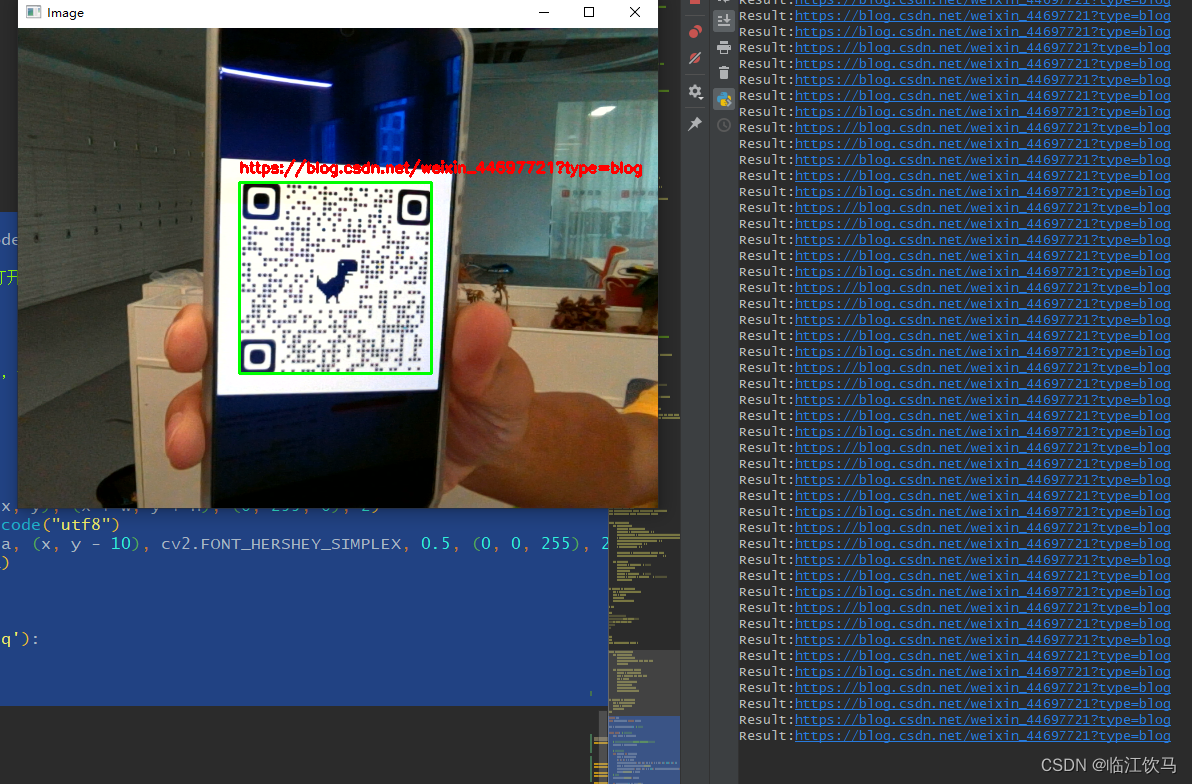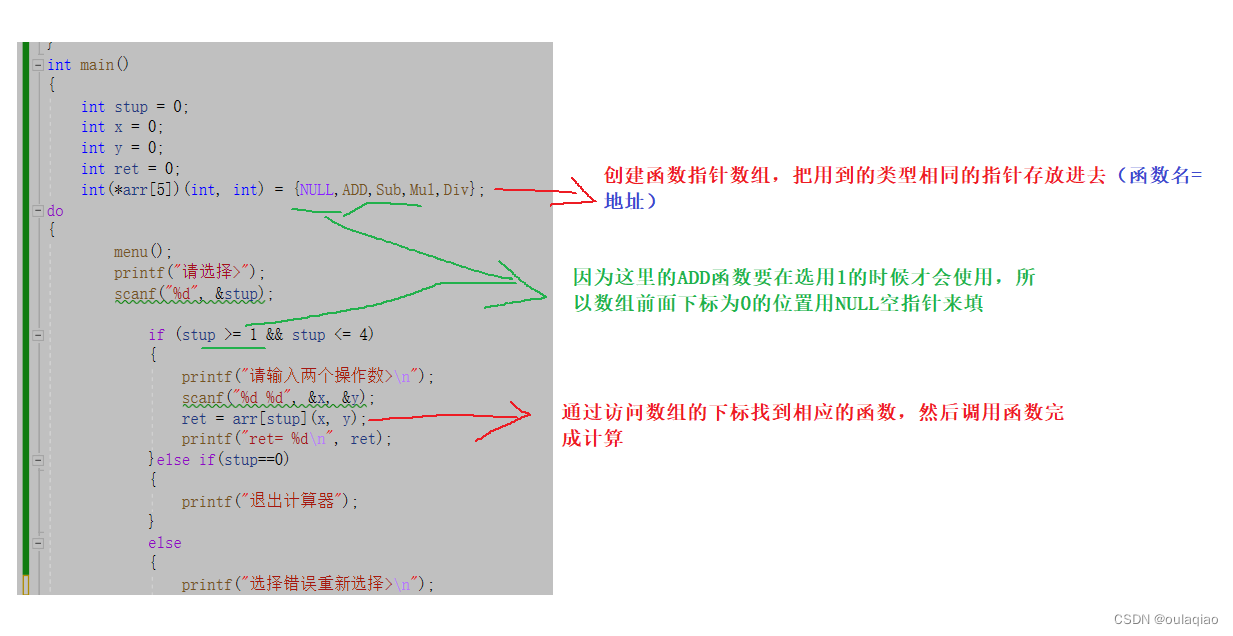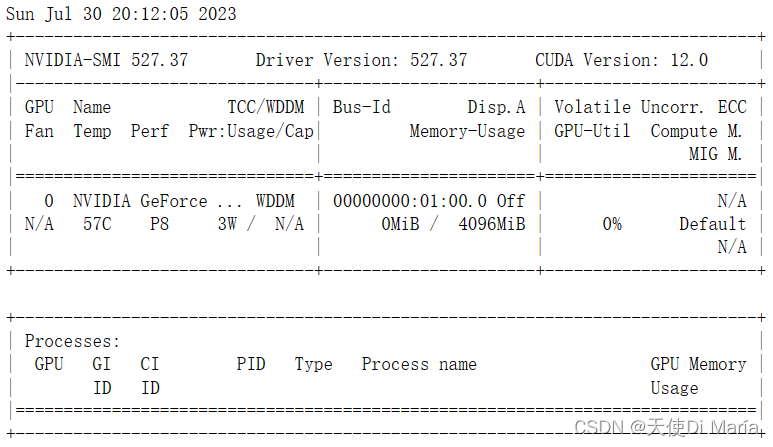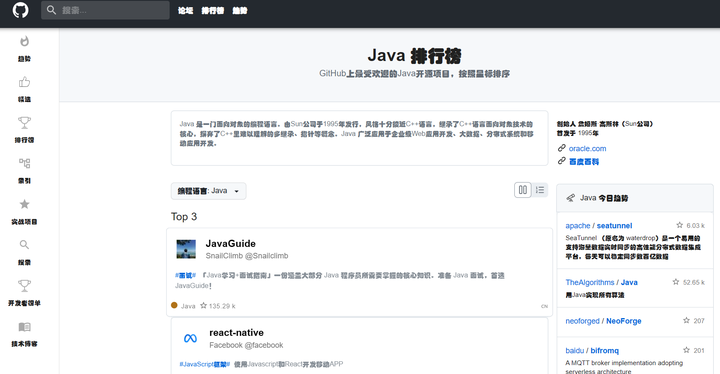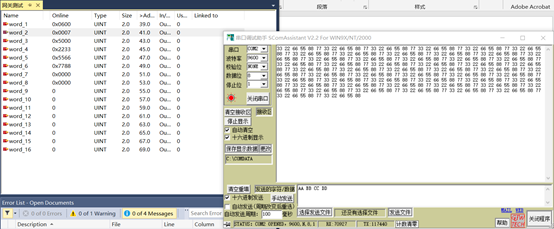文章目录
- list的介绍及使用
- list的常用接口
- list的模拟实现
- list与vector的对比
一、list的介绍及使用
- 1. list是可以在常数范围内在任意位置进行插入和删除的序列式容器,并且该容器可以前后双向迭代。
- 2. list的底层是双向带头循环链表结构,双向带头循环链表中每个元素存储在互不相关的独立节点中,在节点中通过指针指向其前一个元素和后一个元素。
- 3. list与forward_list非常相似:最主要的不同在于forward_list是单链表,只能朝前迭代,已让其更简单高效。
- 4. 与其他的序列式容器相比(array,vector,deque),list通常在任意位置进行插入、移除元素的执行效率更好。
- 5. 与其他序列式容器相比,list和forward_list最大的缺陷是不支持任意位置的随机访问,比如:要访问list的第6个元素,必须从已知的位置(比如头部或者尾部)迭代到该位置,在这段位置上迭代需要线性的时间
- 开销;list还需要一些额外的空间,以保存每个节点的相关联信息(对于存储类型较小元素的大list来说这可能是一个重要的因素)
二、list的常用接口
1.list的构造函数
default (1) list();explicit list (const allocator_type& alloc);构造一个没有元素的空容器。
fill (2) 构造一个包含n个元素的容器。每个元素都是val。
range (3) template <class InputIterator> list (InputIterator first, InputIterator last, const allocator_type& alloc = allocator_type());构造一个包含与范围[first,last]一样多的元素的容器,每个元素都以相同的顺序从该范围中的相应元素构造而成。
copy (4) 以相同的顺序构造一个包含x中每个元素的副本的容器。
move (5) 右值引用构造
initializer list (6) list (initializer_list<value_type> il, const allocator_type& alloc = allocator_type());构造一个通过初始化列表的方式
#include <iostream>
#include <list>int main()
{std::list<int> l1; // 构造空的l1std::list<int> l2(4, 100); // l2中放4个值为100的元素std::list<int> l3(l2.begin(), l2.end()); // 用l2的[begin(), end())左闭右开的区间构造l3std::list<int> l4(l3); // 用l3拷贝构造l4// 以数组为迭代器区间构造l5int array[] = { 16,2,77,29 };std::list<int> l5(array, array + sizeof(array) / sizeof(int));// 列表格式初始化C++11std::list<int> l6{ 1,2,3,4,5 };// 用迭代器方式打印l5中的元素std::list<int>::iterator it = l5.begin();while (it != l5.end()){std::cout << *it << " ";++it;}std::cout << std::endl;// C++11范围for的方式遍历for (auto& e : l5)std::cout << e << " ";std::cout << std::endl;return 0;
}2.list iterator的使用
函数声明 接口说明begin + end 返回第一个元素的迭代器+返回最后一个元素下一个位置的迭代器 (即头结点)rbegin + rend 返回第一个元素的reverse_iterator,即end位置,返回最后一个元素下一个位置的reverse_iterator,即begin位置

【注意】
1. begin与end为正向迭代器,对迭代器执行++操作,迭代器向后移动
2. rbegin(end)与rend(begin)为反向迭代器,对迭代器执行++操作,迭代器向前移动
#include <iostream>
#include <list>int main()
{std::list<int> lt;lt.push_back(1);lt.push_back(2);lt.push_back(3);for (auto it = lt.begin(); it != lt.end(); it++)std::cout << *it << " ";std::cout << std::endl;for (auto x : lt)std::cout << x << " ";std::cout << std::endl;return 0;
}3.list相关容量操作
函数声明 接口说明empty 检测list是否为空,是返回true,否则返回falsesize 返回list中有效节点的个数
#include <iostream>
#include <list>int main()
{std::list<int> lt;lt.push_back(1);lt.push_back(2);lt.push_back(3);std::cout << lt.size() << std::endl;std::cout << lt.empty() << std::endl;return 0;
}4.list相关访问操作
函数声明 接口说明front 返回list的第一个节点中值的引用back 返回list的最后一个节点中值的引用
#include <iostream>
#include <list>int main()
{std::list<int> lt;lt.push_back(1);lt.push_back(2);lt.push_back(3);std::cout << lt.front() << std::endl;std::cout << lt.back() << std::endl;return 0;
}5.list相关修改操作
函数声明 接口说明push_front 在list首元素前插入值为val的元素pop_front 删除list中第一个元素push_back 在list尾部插入值为val的元素pop_back 删除list中最后一个元素insert 在list position 位置中插入值为val的元素erase 删除list position位置的元素swap 交换两个list中的元素clear 清空list中的有效元素
#include <iostream>
#include <vector>
#include <list>// list迭代器的使用
// 注意:遍历链表只能用迭代器和范围for
void PrintList(const std::list<int>& l)
{// 注意这里调用的是list的 begin() const,返回list的const_iterator对象for (std::list<int>::const_iterator it = l.begin(); it != l.end(); ++it){std::cout << *it << " ";// *it = 10; 编译不通过}std::cout << std::endl;
}// list插入和删除
// push_back/pop_back/push_front/pop_front
void TestList3()
{int array[] = { 1, 2, 3 };std::list<int> L(array, array + sizeof(array) / sizeof(array[0]));// 在list的尾部插入4,头部插入0L.push_back(4);L.push_front(0);PrintList(L);// 删除list尾部节点和头部节点L.pop_back();L.pop_front();PrintList(L);
}// insert /erase
void TestList4()
{int array1[] = { 1, 2, 3 };std::list<int> L(array1, array1 + sizeof(array1) / sizeof(array1[0]));// 获取链表中第二个节点auto pos = ++L.begin();std::cout << *pos << std::endl;// 在pos前插入值为4的元素L.insert(pos, 4);PrintList(L);// 在pos前插入5个值为5的元素L.insert(pos, 5, 5);PrintList(L);// 在pos前插入[v.begin(), v.end)区间中的元素std::vector<int> v{ 7, 8, 9 };L.insert(pos, v.begin(), v.end());PrintList(L);// 删除pos位置上的元素L.erase(pos);PrintList(L);// 删除list中[begin, end)区间中的元素,即删除list中的所有元素L.erase(L.begin(), L.end());PrintList(L);
}// resize/swap/clear
void TestList5()
{// 用数组来构造listint array1[] = { 1, 2, 3 };std::list<int> l1(array1, array1 + sizeof(array1) / sizeof(array1[0]));PrintList(l1);// 交换l1和l2中的元素std::list<int> l2;l1.swap(l2);PrintList(l1);PrintList(l2);// 将l2中的元素清空l2.clear();std::cout << l2.size() << std::endl;
}int main()
{TestList3();TestList4();TestList5();return 0;
}6.list容器相关独特操作
splice 将元素从一个链表转移到另一个链表(公共成员函数)
remove 删除具有特定值的元素(公共成员函数)remove_if 删除满足条件的元素(公共成员函数模板)
unique 删除重复值(公共成员函数)
mergemerge 合并已排序的列表(公共成员功能)
sort 对容器中的元素排序(公共成员函数)reverse 颠倒元素的顺序(公共成员函数)
三、list的模拟实现
1.list的节点结构
template<class T>struct list_node{T _data;//数据域list_node<T>* _prev;//前驱指针list_node<T>* _next;//后继指针list_node(const T& val=T()):_data(val),_prev(nullptr),_next(nullptr){}};2.list的常用接口模拟
template<class T>class list{typedef list_node<T> Node;public:typedef __list_iterator<T, T&, T*> iterator;typedef __list_iterator<T, const T&, const T*> const_iterator;const_iterator begin()const;const_iterator end()const;iterator begin();iterator end();list();template<class InputIterator>list(InputIterator first,InputIterator last);list(const list<T>& lt);list<T>& operator=(list<T> lt);~list();size_t size();bool empty();void push_back(const T& val);void push_front(const T& val);iterator insert(iterator pos, const T& x);iterator erase(iterator pos);void pop_back();void pop_front();void clear();private:Node* _head;};3.list的迭代器
1.迭代器相关结构组成

// 像指针一样的对象template<class T, class Ref, class Ptr>struct __list_iterator{typedef list_node<T> Node;typedef __list_iterator<T, Ref, Ptr> iterator;typedef bidirectional_iterator_tag iterator_category;typedef T value_type;typedef Ptr pointer;typedef Ref reference;typedef ptrdiff_t difference_type;Node* _node;__list_iterator(Node* node):_node(node){}bool operator!=(const iterator& it) const;bool operator==(const iterator& it) const;Ref operator*();Ptr operator->();iterator& operator++();iterator operator++(int);iterator& operator--();iterator operator--(int);};
2.迭代器结构实现
template<class T,class Ref,class Ptr>struct __list_iterator{typedef list_node<T> Node;typedef __list_iterator<T, Ref, Ptr> iterator;typedef std::bidirectional_iterator_tag iterator_category;typedef T value_type;typedef Ptr pointer;typedef Ref reference;typedef ptrdiff_t difference_type;Node* _node;__list_iterator(Node* node):_node(node){};bool operator!=(const iterator& it)const{return _node != it._node;}bool operator==(const iterator& it)const{return _node == it._node;}Ref operator*(){return _node->_data;}Ptr operator->(){return &(operator*());}iterator& operator++(){_node = _node->_next;return *this;}iterator operator++(int){iterator tmp(*this);_node = _node->_next;return tmp;}iterator& operator--(){_node = _node->_prev;return *this;}iterator operator--(int){iterator tmp(*this);_node = _node->_prev;return tmp;}};4.list的成员函数
1.list的构造函数
// 默认构造函数
list()
{// 构造头节点,自己指向自己_head = new Node;_head->_prev = _head;_head->_next = _head;
}// 用迭代器区间初始化[first,last)
template<class InputIterator>
list(InputIterator first, InputIterator last):_head(new Node)
{_head->_prev = _head;_head->_next = _head;while (first != last){push_back(*first);first++;}
}2.list的拷贝构造函数
//拷贝构造函数(深拷贝)
// lt2(lt1)
list(const list<T>& lt):_head(new Node)
{_head->_prev = _head;_head->_next = _head;for (const auto& e : lt){push_back(e);}
}// 拷贝构造函数(深拷贝)
list(const list<T>& lt):_head(new Node)
{_head->_prev = _head;_head->_next = _head;list<T> tmp(lt.begin(), lt.end());std::swap(_head, tmp._head);
}3.list的赋值运算符重载函数
//深拷贝
list<T>& operator=(const list<T>& lt)
{if (this != <) {clear();for (const auto& e : lt){push_back(e);}}return *this;
}list<T>& operator=(list<T> lt)
{std::swap(_head, lt._head);return *this;
}4.list的析构函数
~list()
{//方法一Node* cur = _head->_next;while (cur != _head) {Node* next = cur->_next; delete cur; cur = next;}delete _head; _head = nullptr;//方法二:复用 clear 函数的代码clear();delete _head;_head = nullptr;
}5.list其他相关结构函数
void clear(){iterator it = begin();while (it != end()){it = erase(it);}}void push_back(const T& x){//Node* tail = _head->_prev;//Node* newnode = new Node(x);_head tail newnode//tail->_next = newnode;//newnode->_prev = tail;//newnode->_next = _head;//_head->_prev = newnode;insert(end(), x);}void push_front(const T& x){insert(begin(), x);}iterator insert(iterator pos, const T& x){Node* cur = pos._node;Node* prev = cur->_prev;Node* newnode = new Node(x);// prev newnode curprev->_next = newnode;newnode->_prev = prev;newnode->_next = cur;cur->_prev = newnode;return iterator(newnode);}void pop_back(){erase(--end());}void pop_front(){erase(begin());}iterator erase(iterator pos){assert(pos != end());Node* cur = pos._node;Node* prev = cur->_prev;Node* next = cur->_next;prev->_next = next;next->_prev = prev;delete cur;return iterator(next);}5.list的迭代器失效
迭代器失效即迭代器所指向的节点的无效,即该节点被删除了。因为list的底层结构为带头结点的双向循环链表,因此在list中进行插入时是不会导致list的迭代器失效的,只有在删除时才会失效,并且失效的只是指向被删除节点的迭代器,其他迭代器不会受到影响。
#include <iostream>
#include <list>void testlistiterator1()
{int array[] = { 1, 2, 3, 4, 5, 6, 7, 8, 9, 0 };std::list<int> l(array, array + sizeof(array) / sizeof(array[0]));auto it = l.begin();while (it != l.end()){// erase()函数执行后,it所指向的节点已被删除,因此it无效,在下一次使用it时,必须先给其赋值it = l.erase(it);it++;}
}int main()
{testlistiterator1();return 0;
}四、list与vector的对比
vector与list都是STL中非常重要的序列式容器,由于两个容器的底层结构不同,导致其特性以及应用场景不同,其主要不同如下:
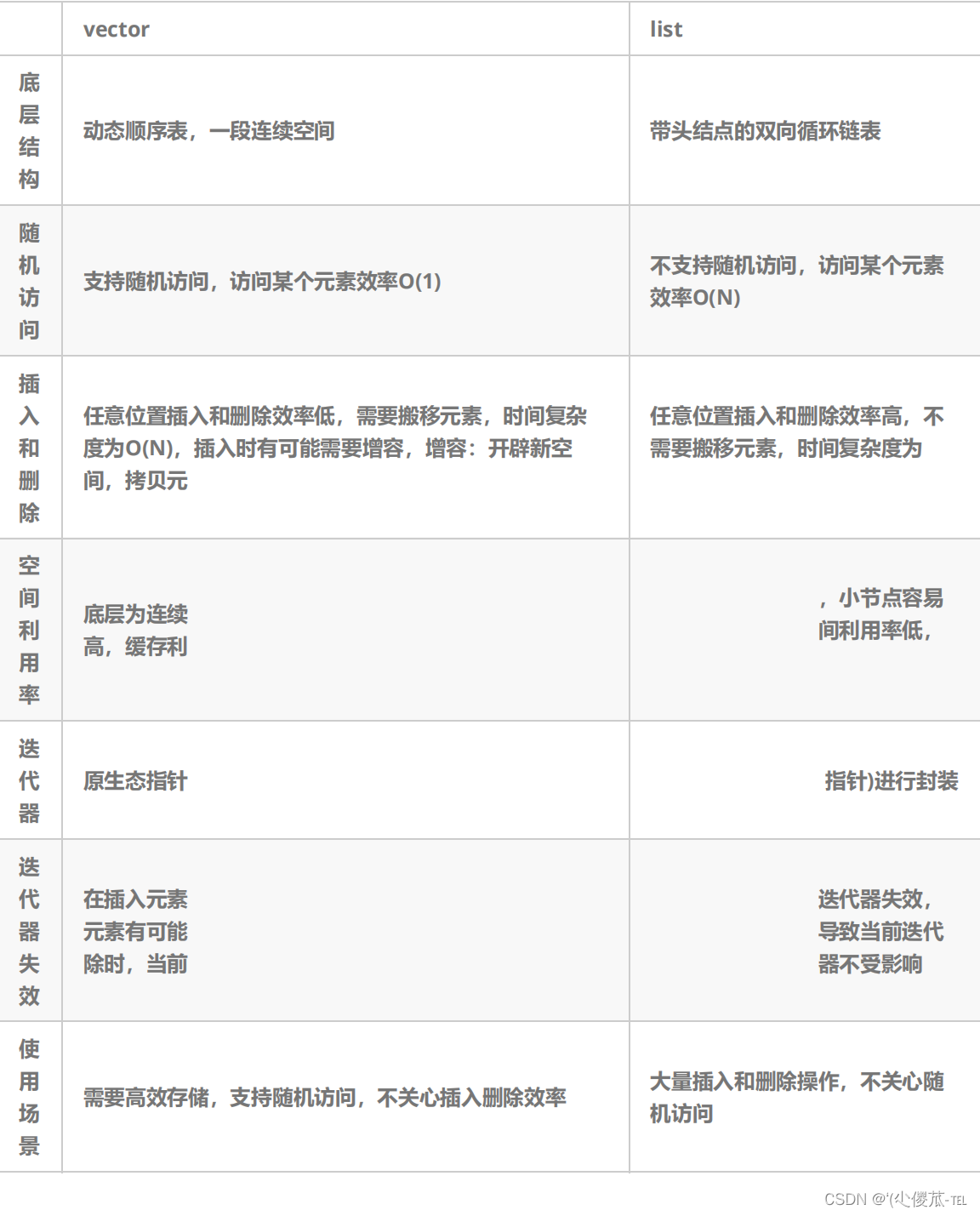


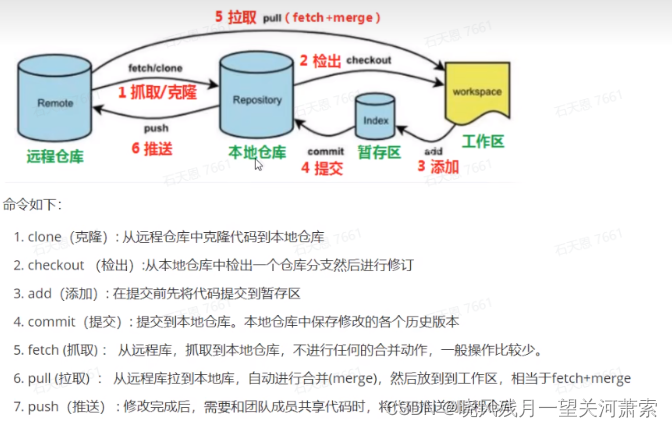



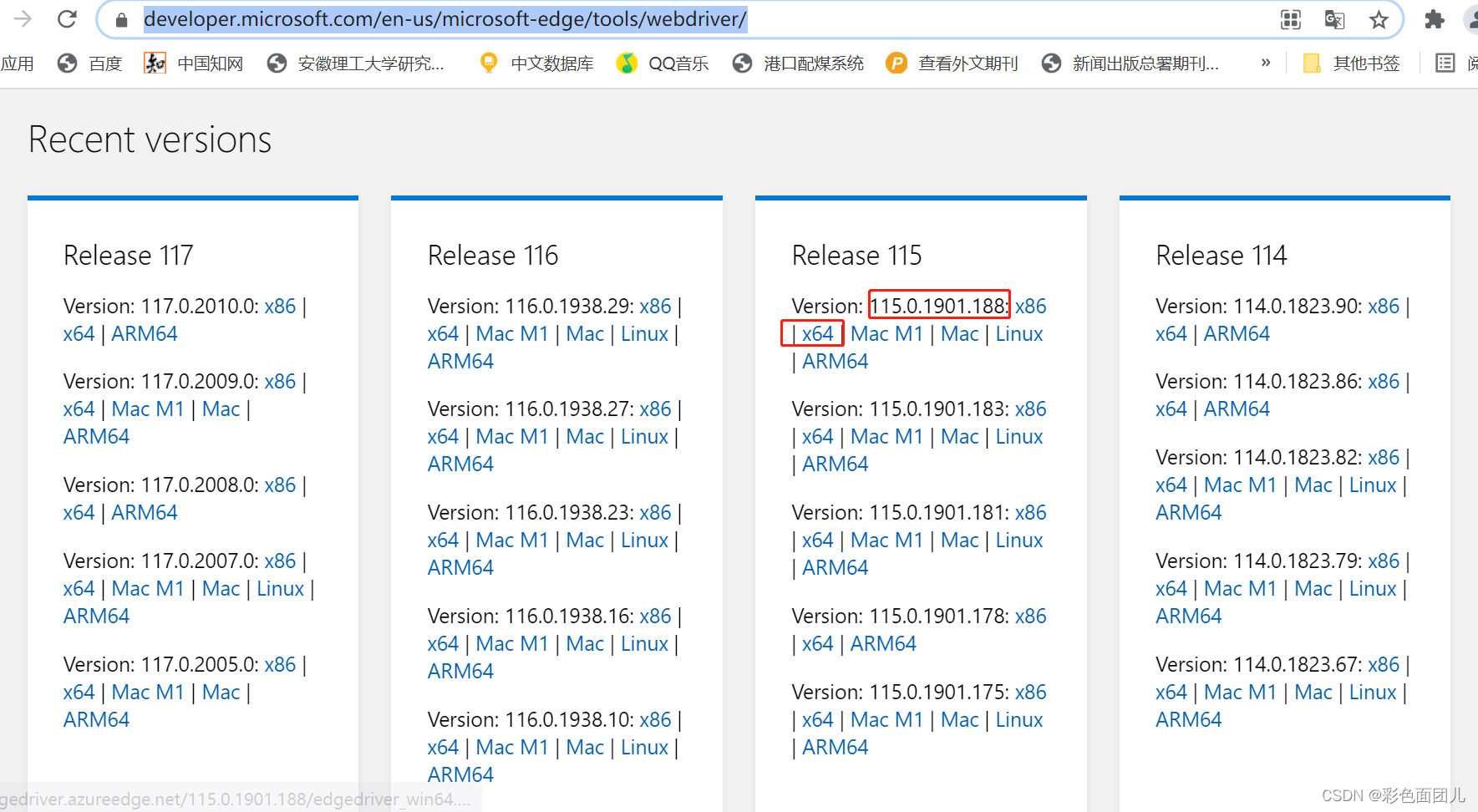

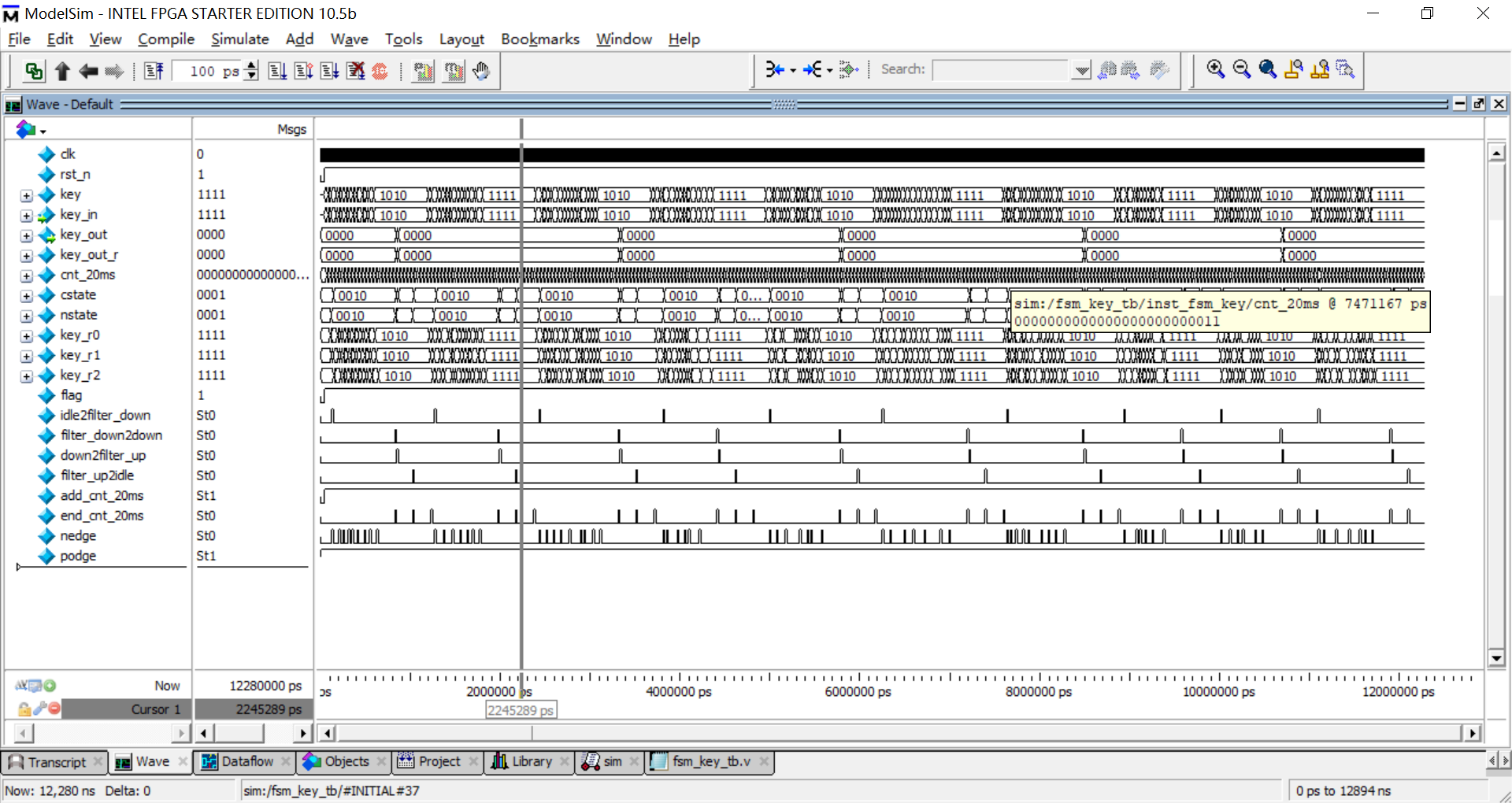

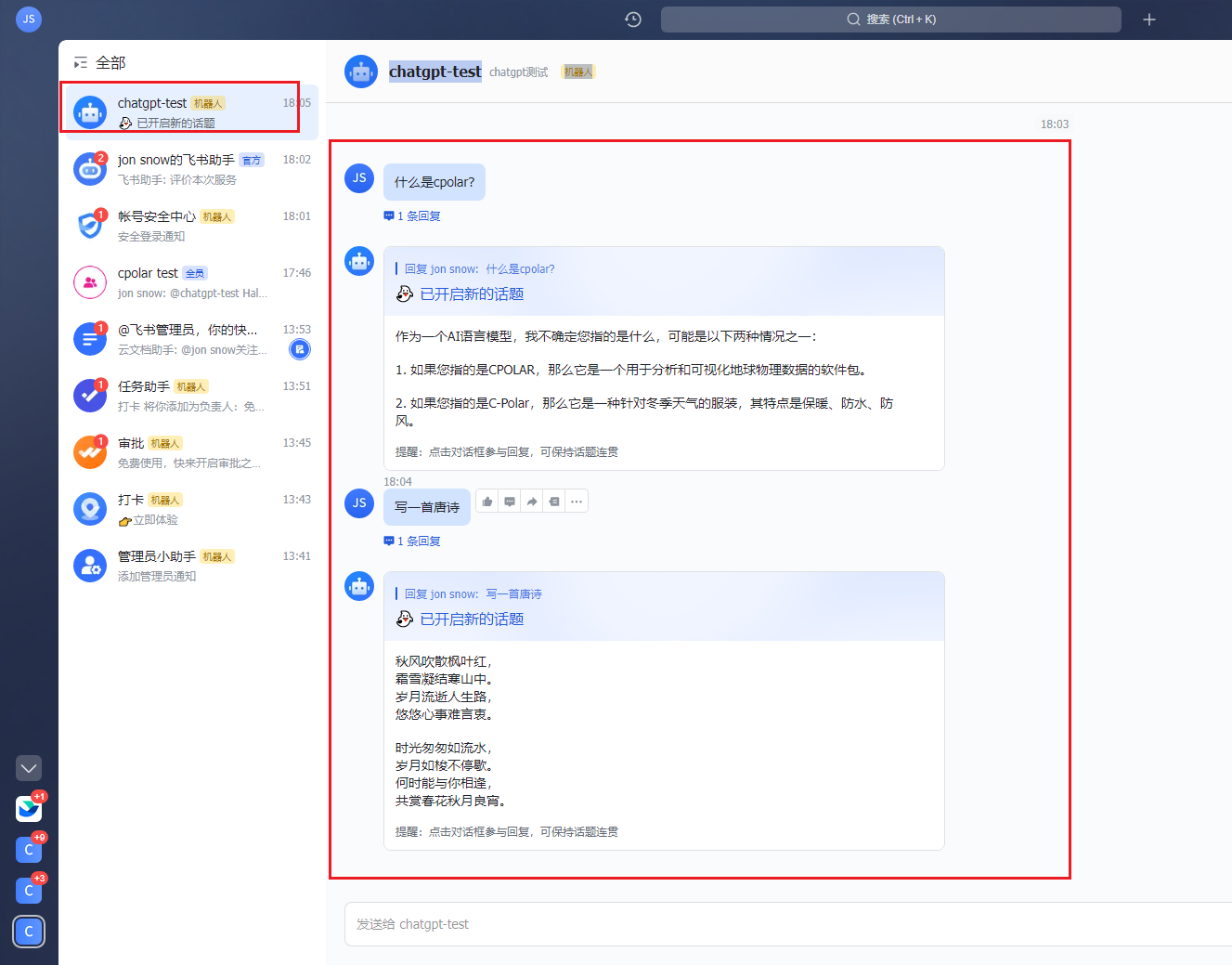
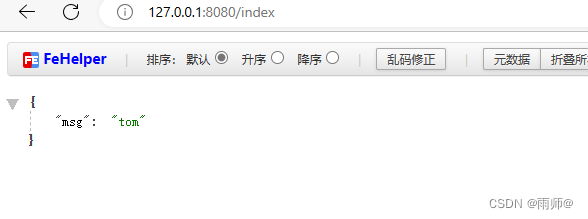
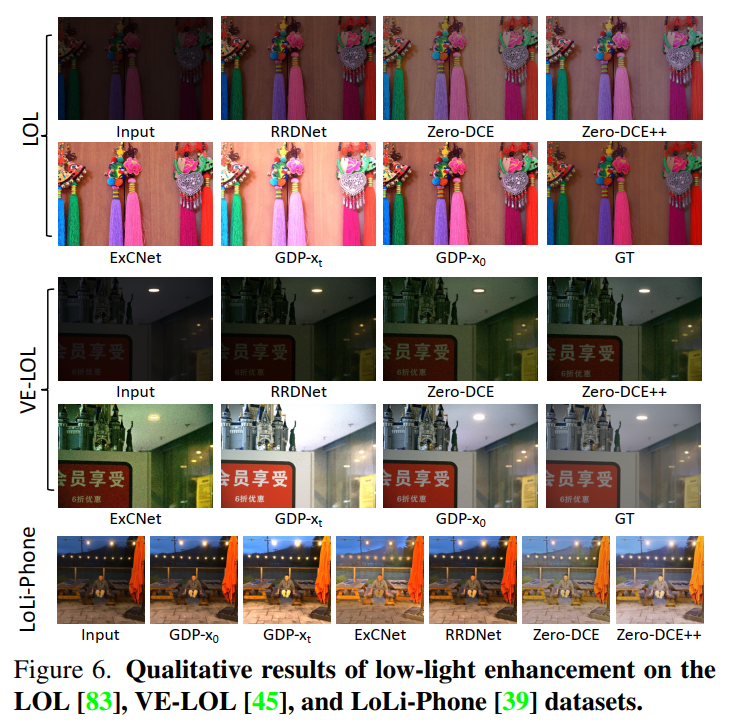
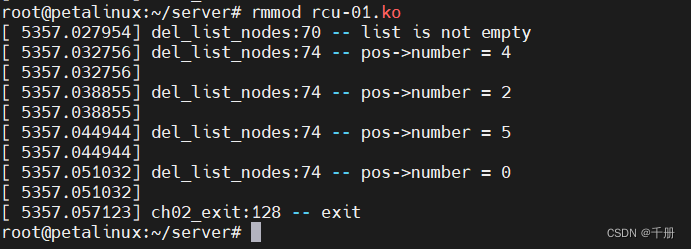
](https://img-blog.csdnimg.cn/30d2ce4f67504618ad226e1c313f549f.png)

